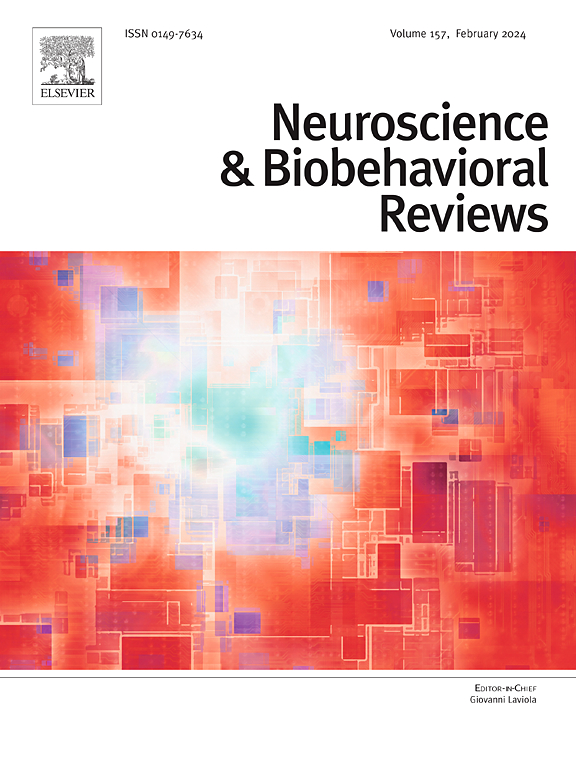跨物种声动耦合分类框架
IF 7.9
1区 医学
Q1 BEHAVIORAL SCIENCES
引用次数: 0
摘要
在动物交流中,声音和运动是紧密联系在一起的。生物结构的振动运动产生声波,这显然是真实的。稍不明显的是,其他运动结构会产生维持这些振动所需的能量。在许多物种中,呼吸系统的运动会产生呼气流量,从而为声音构成运动(声音动力运动)提供动力。声音还可以通过上呼吸道运动获得额外的结构,如发音运动或抬头(声音过滤运动)。有些动作并非发出声音所必需,但由于与发出声音所必需的身体部位(如呼吸系统)之间的生物力学耦合较弱,这些动作在发出声音时会影响发声过程(阻碍发声的动作)。动物也会根据运动情况发出声音,这就要求神经生理控制机制能够灵活地将运动与发出的声音结合起来,或将运动与感知到的外部声音结合起来(与声音相关的运动)。在此,我们将对动物交流中声音和动作的各种耦合方式进行比较和分类;我们提出的框架将有助于构建以往和未来有关这一主题的研究。本文章由计算机程序翻译,如有差异,请以英文原文为准。
A cross-species framework for classifying sound-movement couplings
Sound and movement are entangled in animal communication. This is obviously true in the case of sound-constituting vibratory movements of biological structures which generate acoustic waves. A little less obvious is that other moving structures produce the energy required to sustain these vibrations. In many species, the respiratory system moves to generate the expiratory flow which powers the sound-constituting movements (sound-powering movements). The sound may acquire additional structure via upper tract movements, such as articulatory movements or head raising (sound-filtering movements). Some movements are not necessary for sound production, but when produced, impinge on the sound-producing process due to weak biomechanical coupling with body parts (e.g., respiratory system) that are necessary for sound production (sound-impinging movements). Animals also produce sounds contingent with movement, requiring neuro-physiological control regimes allowing to flexibly couple movements to a produced sound, or coupling movements to a perceived external sound (sound-contingent movement). Here, we compare and classify the variety of ways sound and movements are coupled in animal communication; our proposed framework should help structure previous and future studies on this topic.
求助全文
通过发布文献求助,成功后即可免费获取论文全文。
去求助
来源期刊
CiteScore
14.20
自引率
3.70%
发文量
466
审稿时长
6 months
期刊介绍:
The official journal of the International Behavioral Neuroscience Society publishes original and significant review articles that explore the intersection between neuroscience and the study of psychological processes and behavior. The journal also welcomes articles that primarily focus on psychological processes and behavior, as long as they have relevance to one or more areas of neuroscience.

 求助内容:
求助内容: 应助结果提醒方式:
应助结果提醒方式:


